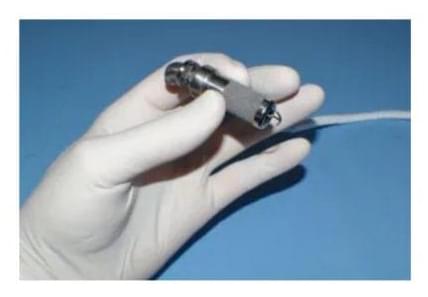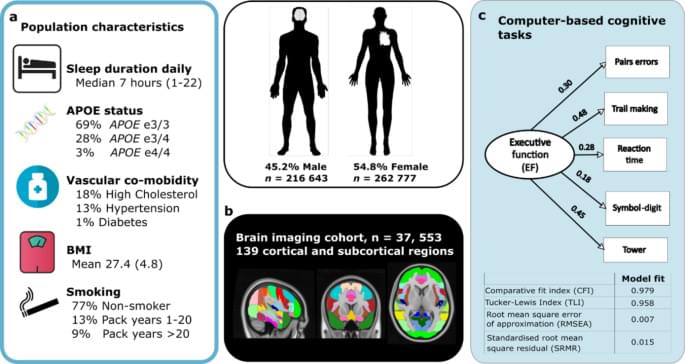✌️ Website 💡 www.quantumphotonics.club.
✌️ Twitter 💡@qpclub1
✌️ Instagram💡@qphotonics.
✌️ Founder 💡Sierra @sierra_photon.
✌️ Email 💡 [email protected].
✌️ Birth 💡04/24/2021
❤️A 501c educational non-profit organization to promote STEMM equalities and tech diversities via educational sessions to the public, especially those from underserved and underrepresented populations to include women, black, veterans, low-income groups, people with disabilities etc.
❤️EIN: 87–4120490








